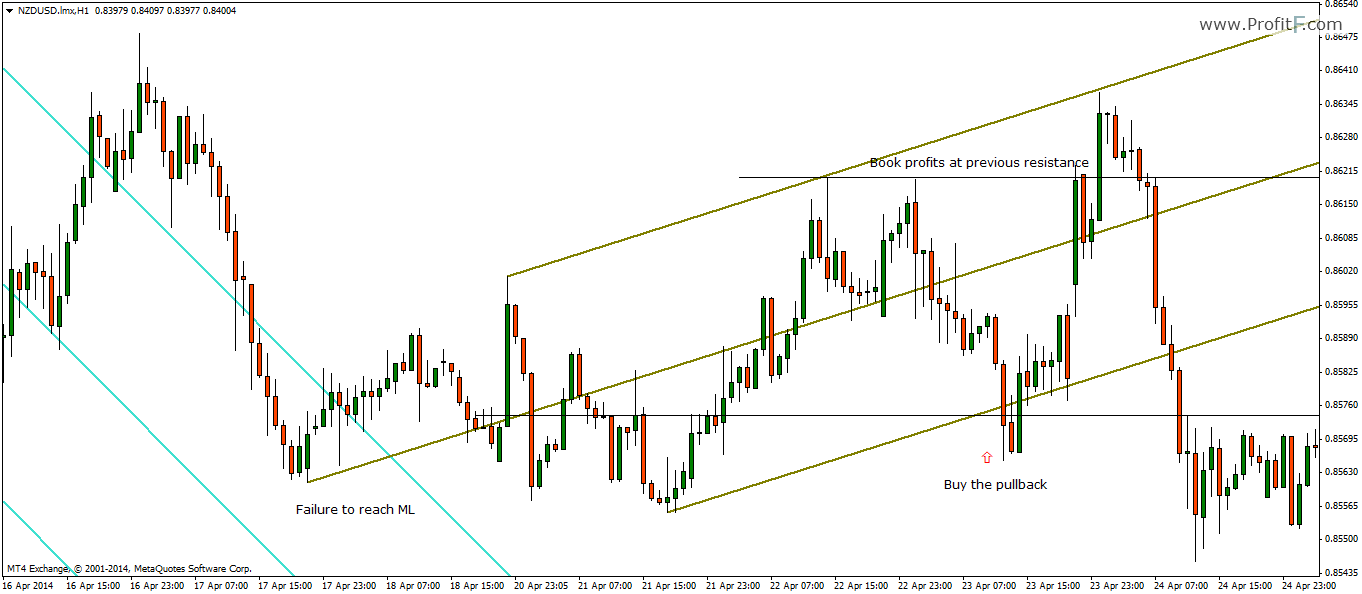Andrews Pitchfork Mt4 Brokers
Jul 04, 2014 This is an introduction on Andrews Pitchfork indicator. Please come visit us at fxcl.com com for your trading education and trading tools. Hope to see you. Andrews Pitchfork is an indicator use if Forex reading, the technical indicators are used by the technical analysts in the Forex Trading to determine the entry and. Andrews’ Pitchfork is an instrument consisting of three parallel trendlines. This instrument was developed by Dr. - Andrews' Pitchfork - Channels.
Understand what this is and how to incorporate it into your own trading.
Andrews' Pitchfork Andrews’ Pitchfork is an instrument consisting of three parallel. This instrument was developed by Dr. Alan Andrews. Interpretation of Andrews’ Pitchfork is based on standard rules of interpretation of support and resistance. The first trend line starts in a selected extreme left point (it is an important peak or trough) and is drawn exactly between two extreme right points. This line is the pitchfork «helve».
Then, the second and the third trendlines outgoing from the above-mentioned rightmost points (significant peak and trough) are drawn in parallel to the first trendline. Craigslist Cash Cow Pdf Viewer. These lines are the pitchfork «teeth».
Signal lines are drawn parallel to 'tines' of the pitchfork. They are drawn at distances proportional to Fibonacci numbers. The distance between the median line (continuation of a 'handle') and 'teeth' of the pitchfork.

Drawing To draw Andrews' Pitchfork, one should select this object and then click with the left mouse button in the chart plotting the first point (beginning of the 'handle'). After that one should plot the second point of the 'handle' in a chart and holding the mouse button move the cursor thus setting 'teeth' of the pitchfork and signal lines at the necessary distance. Dungeon Siege 2 Pc Iso Download Completo Toronto there. Additional parameters will be shown near the cursor - three pairs of numbers. The first pair indicates the 'handle' beginning, the first value is always equal to zero (because it is the initial point of the object); the second number indicates the distance between 'teeth'.
The second and third pairs of numbers show distance along the time axis and price axis from the 'teeth' to the 'handle' beginning point. Controls Moving of the 'handle' beginning point will change the direction of 'teeth' only. The second point of the 'handle' allows moving Andrews' Pitchfork in the chart without changing its dimensions. Points of 'teeth' beginning allow changing the position of teeth separately; when one point is moved, the second stays in its place. Parameters For Andrews' Pitchfork (of signal lines).
Besides there are the following parameters of the pitchfork: • Date/Value — coordinates of the beginning point of Andrews' Pitchfork 'handle' (date/value of the price scale); • Date/Value — coordinates of the point of the lower 'tooth' (lower pivot point) of Andrews' Pitchfork (date/value of the price scale); • Date/Value — coordinates of the point of the upper 'tooth' (upper pivot point) of Andrews' Pitchfork (date/value of the price scale); • Ray Right — infinite duration of the pitchfork to the right; • Ray Left — infinite duration of the pitchfork to the left. Common parameters of object are described in a.
Monitoring Trends with Andrews’ Pitchfork Traders are always seeking trends, but monitoring them is not always an easy feat. To help simplify this task, many traders choose to employ trendlines, channel lines and moving averages to gauge the ripples and to help separate the false breakouts from the real ones. Four decades ago, Dr.
Alan Andrews developed a method to identify and border the deviation from the main path of the market in an effort to better deal with the spillage of markets from the “core” of the trend. The result, named Andrews’ Pitchfork, is a channel that offers support and resistance around a median line. Using the Pitchfork As shown in the figure above, traders will initially seek the uptrend between A and B, and during this phase they will use the standard trend analysis methods. Andrews’ Pitchfork comes into play only after the market has formed a significant peak at point B and turned against the direction of the original trend. How far will this countertrend move go?